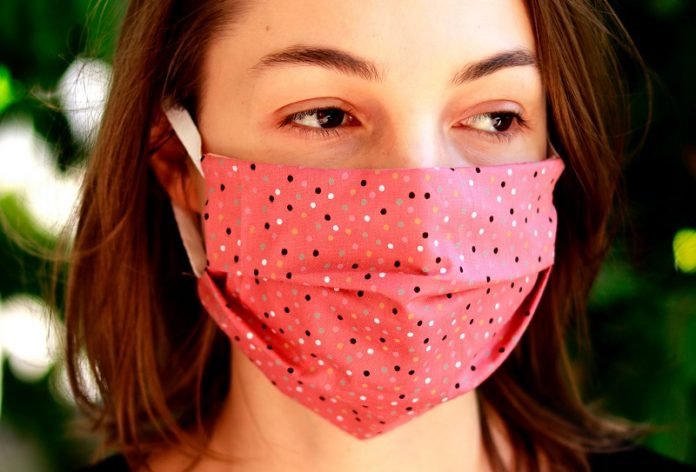
In a new study, researchers found that some COVID-19 patients experience long-lasting skin symptoms that vary according to the type of COVID-19 skin rash.
They found a subset of patients, called ‘long-haulers’ or ‘long COVID’, who experience prolonged symptoms (lasting >60 days) on their skin.
The research was conducted by a team at the International League of Dermatological Societies and elsewhere.
In the study, data from 990 cases from 39 countries input into the registry shows an average duration of 12 days for all dermatological symptoms, with some lasting as long as >150 days.
Patients showed a broad spectrum of dermatologic manifestations lasting for different lengths of time, including hives (urticaria), lasting for median of 5 days, and pernio/chilblains (‘‘COVID toes’’), lasting 15 days but sometimes as long as 130-150 days, and papulosquamous eruptions, which are scaly papules and plaques, persisting for 20 days.
The identification of this unique subset of “COVID toes” patients with symptoms lasting long after the acute phase of COVID-19 may have implications for understanding the prolonged inflammatory response in some patients after infection.
Skin symptoms vary by COVID-19 severity. Some symptoms, such as retiform purpura, are associated with severe COVID-19, since 100% of these patients were hospitalized, while COVID toes travel with relatively mild disease, with only 16% hospitalized.
Furthermore, although COVID toes often appear 1-4 weeks after initial infection, 15% were found to still be PCR positive for COVID-19.
The team says this data adds to the knowledge about how COVID-19 can affect multiple different organ systems, even after patients have recovered from their acute infection.
The skin can provide a visual window into inflammation that may be going on elsewhere in the body.
One author of the study is Dr. Esther Freeman.
The study was presented at the 29th EADV Congress, EADV Virtual.
Copyright © 2020 Knowridge Science Report. All rights reserved.



